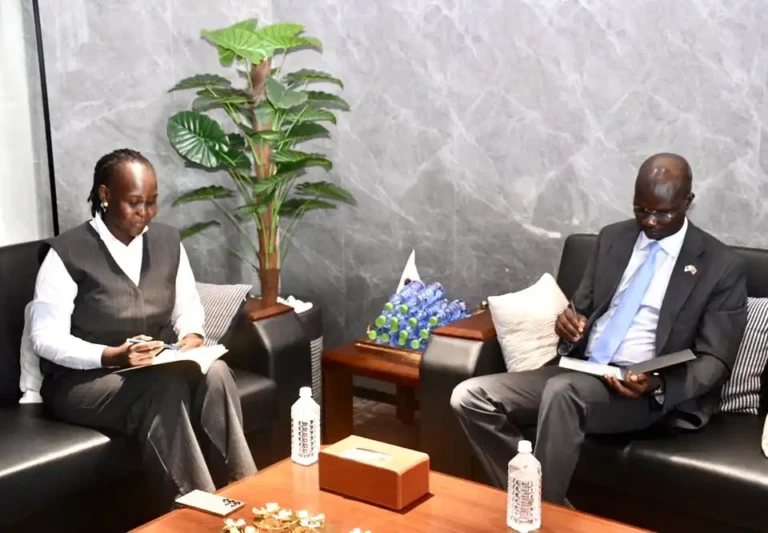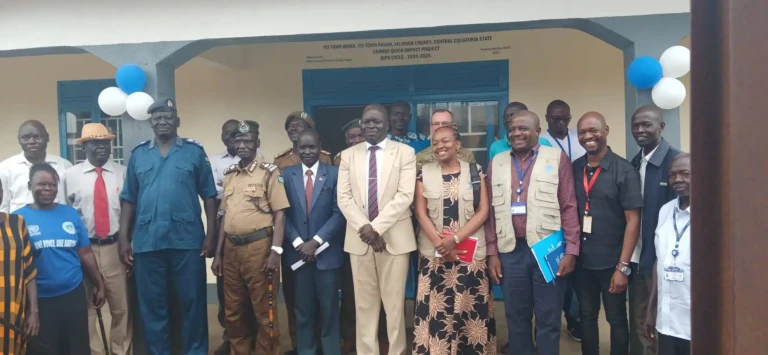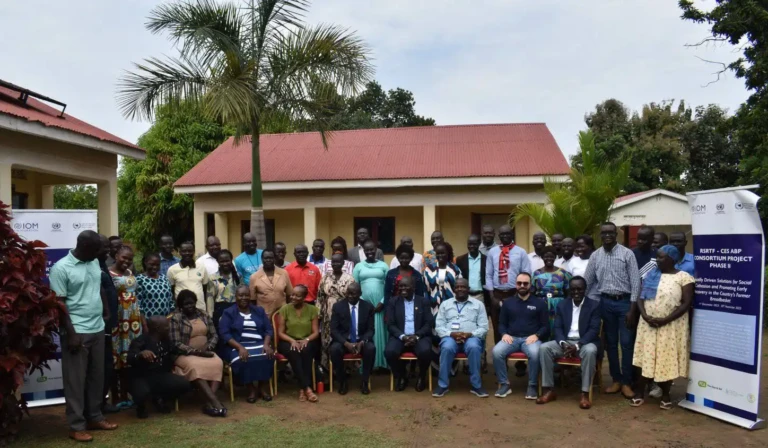
(JUBA) – South Sudan’s National Bureau of Statistics has reported a national inflation rate of 2.3% for May 2025, marking a slight increase from April’s 2.12%. The rise in consumer prices was mainly driven by higher transport costs, alcohol, and communication expenses.
According to the latest Consumer Price Index (CPI) report covering all ten states, transport prices surged by 10.84%, while alcoholic beverages increased by 5.06%. Other areas that saw price increases included recreation (3.45%), and clothing and communication, both up by 3.33%.
Meanwhile, some goods and services registered slight declines in prices. Food and non alcoholic beverages dropped by 1.96%, health services by 0.46%, and personal care and miscellaneous items decreased by 1.55%.
The CPI measures monthly changes in the cost of a fixed basket of goods and services typically purchased by households. It currently tracks 104 items, 60 food related and 44 non food. The data is collected from the capitals of South Sudan’s ten states.
Key Price Changes by Sector in May 2025
| Category | Monthly Change (%) |
|---|---|
| Transport | +10.84 |
| Alcoholic Beverages and Tobacco | +5.06 |
| Recreation, Sports and Culture | +3.45 |
| Clothing and Communication | +3.33 |
| Food and Non-Alcoholic Beverages | -1.96 |
| Health | -0.46 |
| Personal Care & Miscellaneous Goods | -1.55 |
Overall, the CPI index rose from 185.11 in April to 189.24 in May, based on a 2024/25 reference base of 100.
The geographical analysis showed wide variation across states. Wau experienced the highest monthly inflation at 6.67%, driven by sharp increases in food and furnishings. Rumbek followed closely at 5.67%, supported by notable rises in both food and alcohol prices.
In contrast, Juba recorded the lowest inflation at just 0.61%. This was largely due to a sharp 26.9% drop in furnishings and a 3.4% fall in transport-related costs.
Inflation by State – May 2025
| State | Weight (%) | April Inflation (%) | May Inflation (%) |
|---|---|---|---|
| Wau | 18.61 | 0.02 | 6.67 |
| Rumbek | 3.09 | 0.00 | 5.67 |
| Yambio | 3.67 | 0.81 | 4.73 |
| Unity | 4.89 | 1.69 | 4.00 |
| Torit | 2.54 | 0.01 | 3.15 |
| Kuajok | 1.60 | 1.26 | 2.82 |
| Jonglei | 2.72 | 0.01 | 2.45 |
| Upper Nile | 10.95 | 0.06 | 1.98 |
| Aweil | 3.76 | 0.02 | 1.92 |
| Juba | 48.16 | 0.01 | 0.61 |
The statistics office explained that the figures are derived using price data collected from the ten state capitals. The index is based on urban household spending patterns recorded in the 2021/22 Household Budget Survey conducted by the World Bank.
The calculation of inflation used international classifications and methodologies, including the UN COICOP system (2018) and Lowe Index formula. The current reference base is August 2024.
In South Sudanese Pound terms, inflationary pressure means rising living costs for ordinary households. For instance, if a household’s monthly food expenditure was 100,000 SSP in April, the same food would cost approximately 101,960 SSP in May.
For more information, the National Bureau of Statistics has advised that inquiries be directed to Acting Chief of Economic Statistics, Joseph Valentino, via jvalentino@nbs.gov.ss.
Discover more from Access Radio Yei News
Subscribe to get the latest posts sent to your email.







